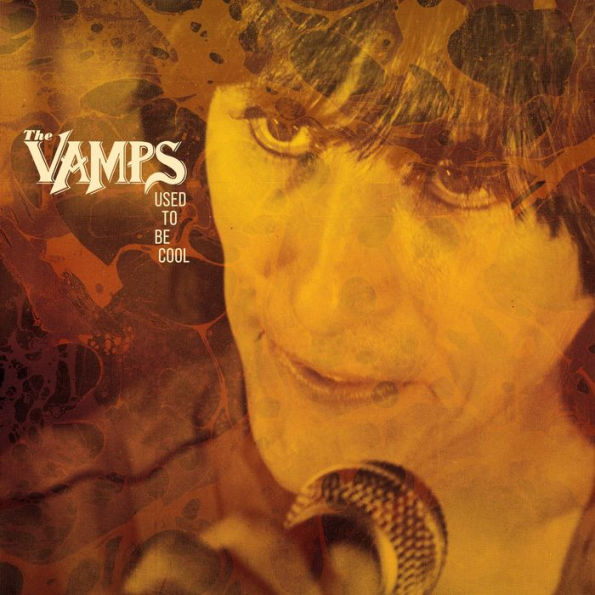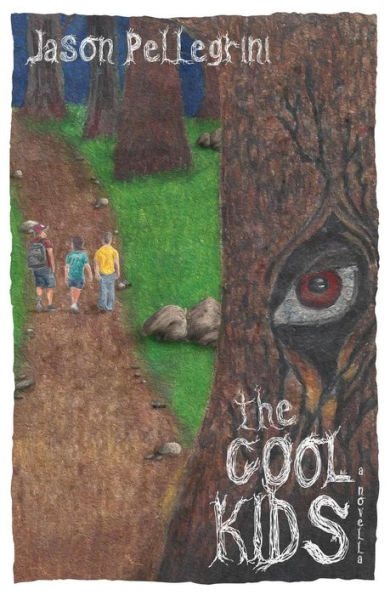Home
Just Coolin'
Barnes and Noble
Just Coolin'
Current price: $29.99


Barnes and Noble
Just Coolin'
Current price: $29.99
Size: OS
Loading Inventory...
*Product information may vary - to confirm product availability, pricing, shipping and return information please contact Barnes and Noble
Drummer
Art Blakey
was a core member of
Blue Note
's stable between 1947 and 1967. His ever-evolving
Jazz Messengers
hosted and showcased a constant influx of great musicians on more than 20 albums, most of whom have become legends. The discovery of a finished album from 1959 is enough to raise any jazz fan's blood pressure in anticipation.
Just Coolin'
was cut at
Rudy Van Gelder
's studio five weeks before the Birdland concerts that became the two-volume
At the Jazz Corner of the World
. The live dates reprise four of these six tunes.
Though short-lived, the lineup here is, as one would expect from this period, top tier:
Blakey
is accompanied by tenorist
Hank Mobley
(a founding
Jazz Messenger
in 1954), trumpeter
Lee Morgan
, pianist
Bobby Timmons
, and bassist
Jymie Merritt
. The recording immediately prior to this was 1958's immortal
Moanin'
with
Benny Golson
on tenor. After
Golson
left,
asked
Mobley
to rejoin for this March session. (Three months later, the saxophonist skipped a gig in Canada and
hired
Wayne Shorter
.)
brought three tunes: "Hipsippy Blues," "M&M," and "Just Coolin'." Of the remainder,
Timmons
contributed "Quick Trick."
While there is an uncharacteristic looseness revealed in the group-played thematic statements, the interplay between soloists and rhythm section is inspired and fluid. While opener "Hipsippy Blues" commences with the trademark blues feel redolent of
's musical vernacular,
's solo stretches them to the breaking point with its relaxed sophistication, while
Morgan
follows with an understated break, that transforms itself into jazz fire.
The Jazz Messengers
understood their group sound implicitly. Check the chart in Tin Pan Alley songwriting queen
Bernice Petkere
's "Close Your Eyes"; if you didn't already know, you'd swear it was penned by
or
. The trumpeter's solo reaches for the sky in just a couple of choruses, while
digs a bluesy furrow in his. The uncredited "Jimerick" is a scorching exercise in bebop with
and
dueling for dominance.
gets extremely playful as he quotes from "Cheek to Cheek" and other pop tunes and balances the energy.
' "Quick Trick" is the only known version of the tune. An exercise in free and easy, it contains wonderful solos from the pianist and
.
's "M&M" is titled for the horn players and initially offered at a slightly more relaxed tempo than the Birdland take. That said, its more sophisticated chart creates an abundant space for all three soloists to challenge and complement one another. The title cut first appeared on
's 1955
debut (
was its drummer). It starts at midtempo, but
's swinging entrance increases the tension almost immediately.
's soulful, dazzling solo is easily his best here.
Merritt
also offer hard-grooving statements together and separately.
may not be a Holy Grail, but it's well worth the wait as it reveals a band in transition firing on all cylinders. ~ Thom Jurek
Art Blakey
was a core member of
Blue Note
's stable between 1947 and 1967. His ever-evolving
Jazz Messengers
hosted and showcased a constant influx of great musicians on more than 20 albums, most of whom have become legends. The discovery of a finished album from 1959 is enough to raise any jazz fan's blood pressure in anticipation.
Just Coolin'
was cut at
Rudy Van Gelder
's studio five weeks before the Birdland concerts that became the two-volume
At the Jazz Corner of the World
. The live dates reprise four of these six tunes.
Though short-lived, the lineup here is, as one would expect from this period, top tier:
Blakey
is accompanied by tenorist
Hank Mobley
(a founding
Jazz Messenger
in 1954), trumpeter
Lee Morgan
, pianist
Bobby Timmons
, and bassist
Jymie Merritt
. The recording immediately prior to this was 1958's immortal
Moanin'
with
Benny Golson
on tenor. After
Golson
left,
asked
Mobley
to rejoin for this March session. (Three months later, the saxophonist skipped a gig in Canada and
hired
Wayne Shorter
.)
brought three tunes: "Hipsippy Blues," "M&M," and "Just Coolin'." Of the remainder,
Timmons
contributed "Quick Trick."
While there is an uncharacteristic looseness revealed in the group-played thematic statements, the interplay between soloists and rhythm section is inspired and fluid. While opener "Hipsippy Blues" commences with the trademark blues feel redolent of
's musical vernacular,
's solo stretches them to the breaking point with its relaxed sophistication, while
Morgan
follows with an understated break, that transforms itself into jazz fire.
The Jazz Messengers
understood their group sound implicitly. Check the chart in Tin Pan Alley songwriting queen
Bernice Petkere
's "Close Your Eyes"; if you didn't already know, you'd swear it was penned by
or
. The trumpeter's solo reaches for the sky in just a couple of choruses, while
digs a bluesy furrow in his. The uncredited "Jimerick" is a scorching exercise in bebop with
and
dueling for dominance.
gets extremely playful as he quotes from "Cheek to Cheek" and other pop tunes and balances the energy.
' "Quick Trick" is the only known version of the tune. An exercise in free and easy, it contains wonderful solos from the pianist and
.
's "M&M" is titled for the horn players and initially offered at a slightly more relaxed tempo than the Birdland take. That said, its more sophisticated chart creates an abundant space for all three soloists to challenge and complement one another. The title cut first appeared on
's 1955
debut (
was its drummer). It starts at midtempo, but
's swinging entrance increases the tension almost immediately.
's soulful, dazzling solo is easily his best here.
Merritt
also offer hard-grooving statements together and separately.
may not be a Holy Grail, but it's well worth the wait as it reveals a band in transition firing on all cylinders. ~ Thom Jurek











